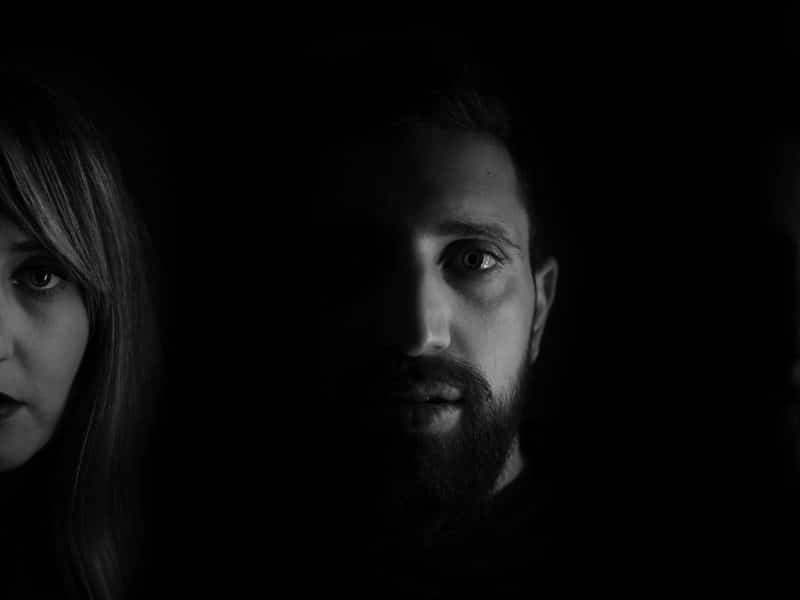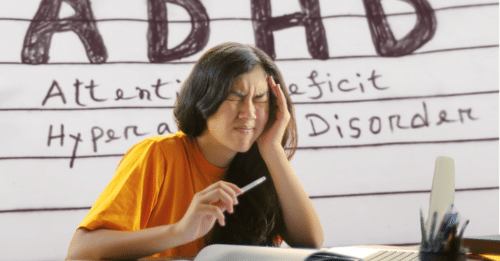The Roots of “Pelo Malo” and the Harm It Still Causes
“Pelo malo:” two words that carry centuries of colonial baggage and still echo through Latino culture today. We explore its roorts and harm.
In Latino communities, the phrase “pelo malo,” or “bad hair,” has echoed through generations, shaping beauty standards and self-esteem in ways that are hard to ignore. Whether whispered at family gatherings or thrown around casually in salons, it carries weight, and it reveals how deeply internalized racism and colorism run within Latino culture.
But let’s be clear: there’s no such thing as bad hair. The real issue lies in the colonial beauty ideals that are pervasive in Latino culture to this day.
The Origins of “Pelo Malo”
The idea of pelo malo is rooted in Latin America’s colonial past, where European standards of beauty were forced upon indigenous and African populations. Straight, silky hair was seen as a symbol of status and respectability, while curls, kinks, and coils were deemed unkempt and undesirable. Tia Williams, a beauty expert, explains it best: “From birth, Latina and Black women are taught that the closer you are to white, the easier it is to succeed in life. The lighter, the better. The straighter, the better.” That mindset didn’t disappear; it just evolved.
Growing up, many of us were taught to “tame” our curls instead of embracing them. Relaxers, blowouts, and flat irons became a rite of passage, and conversations around hair often revolved around how to make it look “better,” which is code for straighter. The result? A cycle of shame and insecurity that starts in childhood and lasts well into adulthood. Oh, and it often leads to badly damaged hair.
The impact of pelo malo isn’t just about aesthetics; it’s also about identity. When you’re constantly told your natural hair is a problem that needs fixing, it chips away at your confidence. Instead of being taught how to keep hair healthy and managed by personal preference, curly hair types deemed “difficult” or “bad” are instead “fixed” rather than managed. There’s a clear, underlying message that gets internalized: our hair, and by extension, our heritage, is something to be ashamed of.
Colorism and Hair Politics in the Latino Community
Colorism ends up being a manifestation of internalized racism. The issue of pelo malo is deeply tied to skin tone, with lighter-skinned Latinos often enjoying more privilege and acceptance than their darker-skinned counterparts. A 2022 survey from the Pew Research Center shows that 41% of darker-skinned Latinos report experiencing discrimination from other Latinos, compared to 25% of lighter-skinned Latinos.
This disparity reveals how deeply ingrained Eurocentric beauty standards are within Latino culture. As a result, internalized racism leads many Latinos to hold negative stereotypes about their own communities, particularly through colorism. This phenomenon can be traced back to the Spanish conquest, colonization, and slavery, which established a racial hierarchy favoring white individuals and discriminating against Black and Indigenous people.
And it’s not just about beauty; it’s also about opportunity. The belief that straighter hair equals professionalism and respectability has real-world consequences, from job opportunities to social acceptance. Many Afro-Latinos feel pressure to conform to Eurocentric beauty standards just to be taken seriously.
A Shift in Perspective
In recent years, the natural hair movement has gained momentum, with more Latinas embracing their curls and coils unapologetically and even as a form of cultural resistance. Social media has played a part in enabling this shift, with influencers and activists challenging the idea of pelo malo and replacing it with affirmations like “pelo bello,” translating to “beautiful hair,” as a way to reclaim the narrative and celebrate natural textures.
More and more women are sharing their hair journeys online, offering tips, support, and encouragement to others learning to love their natural hair. This movement has contributed to a gradual shift in beauty standards within Latino communities, with more individuals embracing their natural hair as a form of cultural pride and self-acceptance.
The increased demand for natural hair products has also led to greater availability of specialized hair care items and information, making it easier for people to care for their curls and coils.
Shifting the Narrative
Breaking free from the pelo malo mentality takes time and effort. It starts with unlearning biases and having honest conversations within families and communities. It means teaching the next generation to love their hair from the start and showing them that beauty comes in all textures and styles.
The truth is, pelo malo isn’t real, but the damage it’s caused is. By embracing natural hair and rejecting harmful beauty standards, the next time someone mentions pelo malo they can be reminded that bad hair doesn’t exist, only misinformed mindsets do.




